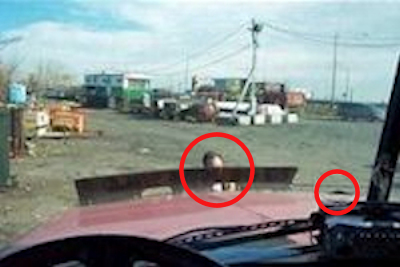Blind Spot Safety
Roadway work zones are hazardous both for motorists who drive through the complex array of signs, barrels, and lane changes and for workers who build, repair, and maintain the streets, bridges, and highways. Most worker fatalities are due to being struck by a vehicle in the work zone. Pickup trucks and SUVs accounted for 151 worker deaths at road construction sites from 2011-2017, followed by machinery (131), automobiles (129), semi-trucks (124), and dump trucks (82).
Blind Spot Hazards
A blind spot (or blind area) is the area around a vehicle or a piece of construction equipment that is not visible to the operator, either by direct line-of-sight or indirectly by use of internal and external mirrors.
Construction equipment is typically large and has an enclosed cap. This can make the blind areas around the equipment very large and hard to see. The bigger the equipment, the larger the blind spots or hazardous areas for pedestrian and ground workers.
Here is a complete list of construction vehicles and blind area diagrams: Construction Equipment Visibility-Diagram Lookup.
Knowledge Check Choose the best answer for the question.
2-1. What type of work zone accident accounts for most fatalities?
You forgot to answer the question!

